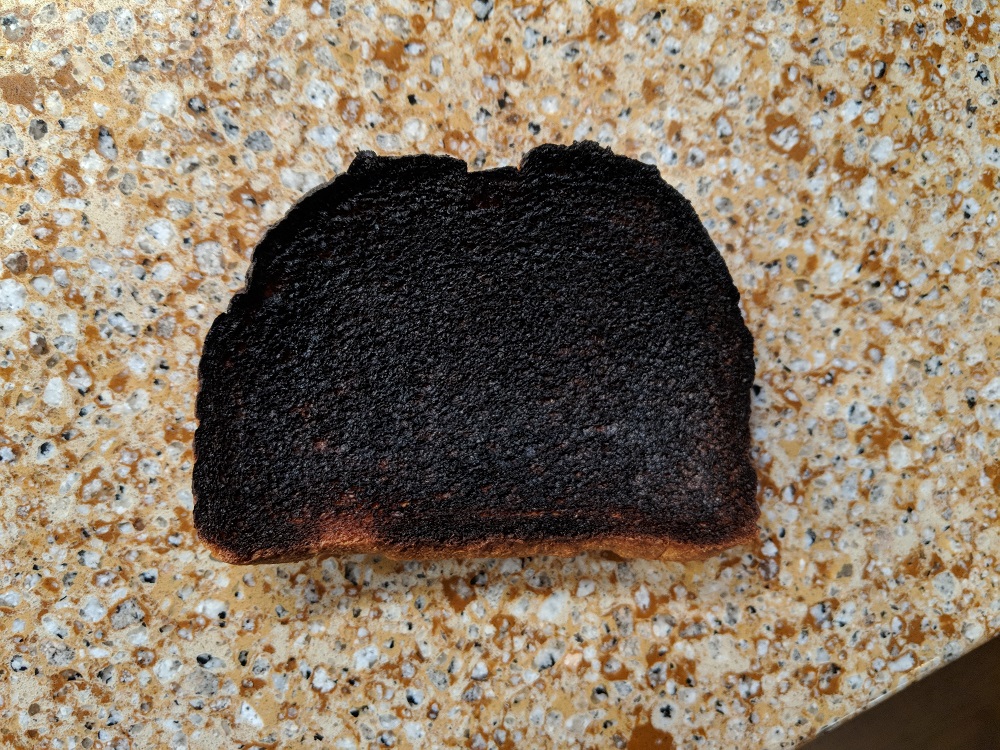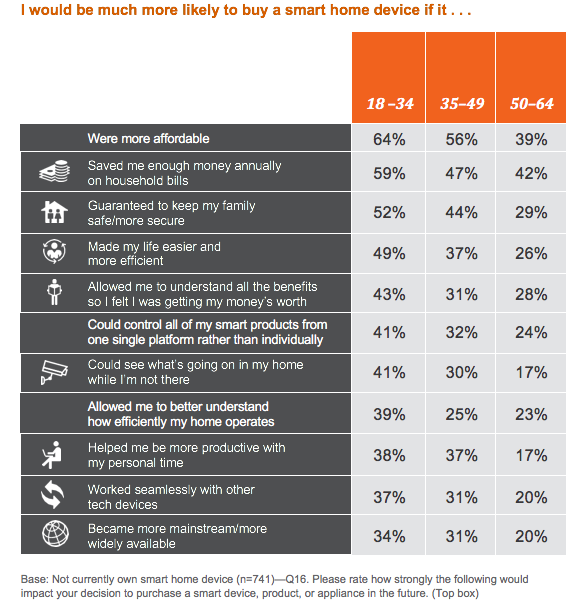By Patrick Mannion, contributing editor
Ted Haeger and Eldon Greenwood from Control4 really should take their show on the road. On Day 3 of “A Designers’ Guide to the Connected Home ,” — a three-day, three-hour EETimes University course — they went at it for almost an hour, discussing the ins and outs of what it takes to really make a home smart. And they should know; they’ve been doing it since, well, forever. It took all the tact that I could muster to guide them to a smooth conclusion before the hour was up. I failed, but the viewers still enjoyed it, and that’s what matters.
I was particularly excited about this course. We’re all vested to some degree in the success of the “smart home” — as a user or a designer or both. On Day 1, I went over the state of the smart home, where it needs some work, and how to approach it. On Day 2, Ak Emarievbe showed us how to test wireless systems so that they actually work. On Day 3, Ted and Eldon did their thing, and it was worth waiting for. It was like an ESPN sports hour — for engineers.
I was so looking forward to the course that I was even chatting to my family about it over lunch: how great the technology is getting, how it’s all getting connected and smarter, and how it’s going to change everything. I even said, “Alexa, what is the smart home?” so she could add her two cents. Just then, we started to get the smell of something burning: It was my toast. As I ran to salvage what was left, the irony of the situation wasn’t lost, and we all got a good laugh out of it. So much for the smart home.

What’s your value proposition?
The burnt-toast syndrome will continue for some time. Not every device in the home is smart or connected. Legacy systems will continue to trip us up. However, there are deeper problems. As I explained on Day 1, the value proposition still isn’t being made entirely clear to users to justify the cost. At the same time, user interface and systems reliability and interoperability issues continue to frustrate.

The value proposition for the smart home still needs to be clarified, and much of that depends upon designers’ ability to lower cost, make systems reliable and easy to use, and add real value.Image source: PwC.
To be sure, utilities, insurers, telcos, health care companies, and electronic components and systems providers all have a vested interest in a connected home. Control, user data, device sales, and product life management through the IoT and artificial intelligence are all useful to them. But that doesn’t help the user unless these companies are willing to subsidize the device costs, installation, and maintenance.
Looking at the image, it’s clear that for all ages, cost, the ability to save money, security, making life easier, and interoperability are top of the list, yet we’re not there yet. For designers, that’s where the opportunities lie.
In my own portion on Day 1, I discussed how we can get there and what design issues need to be addressed. In some cases, I spoke from my own experience as a user. I was the first to tear down the original Sonos wireless streaming audio player when they came out. I have been a fan ever since — until recently. Now software upgrades have left me with three dead systems that I haven’t had time to troubleshoot yet, in part because I’m annoyed at Sonos. Their mandatory firmware upgrades became increasingly problematic over the past two years, and this is the worst. So watch for software upgrades; they’ll kill a product pretty quickly.
On Day 2, in “Winning With Wireless: The Best Connection is One That Works,” Ak Emarievbe explained how to test a wireless system. Ak used to be with Rohde & Schwarz but is now an independent consultant and is on hand to help any company develop a test program to ensure that a product meets regulatory requirements and operates in any environment. There’s nothing like losing a signal to frustrate a user.
Finally, on Day 3, in “Design Requirements for Connected Home Devices,” Ted and Eldon from Control4 took it away with a sharp, insightful, fast-paced discussion of what it’s like in the field to be installing home automation equipment. They discussed the issues, how they address them, and what designers need to do to make the smart home a reality. They were also wide open to questions.
Of course, one of the top issues that they discussed is look, feel, and design integrity. The user software interface has to be impeccable, and it needs to be rugged and reliable. No flimsy connectors and poorly insulated and laid out cabling or antennas. That’s asking for disaster.
In the meantime, my Ring door alarm just went off… but it’s another false alarm. No matter how I manipulate the range settings, it continues to detect trucks going by. Just trucks, oddly. I’m hoping for a firmware update, or maybe I’ll instead just wait for it to lose its Wi-Fi connection again. That quiets it, and I feel better, but visitors get frustrated. Rather them than me, I guess.
Advertisement
Learn more about Electronic Products Magazine





